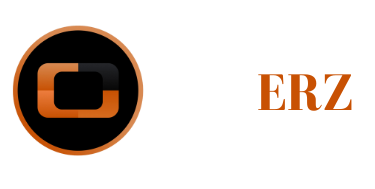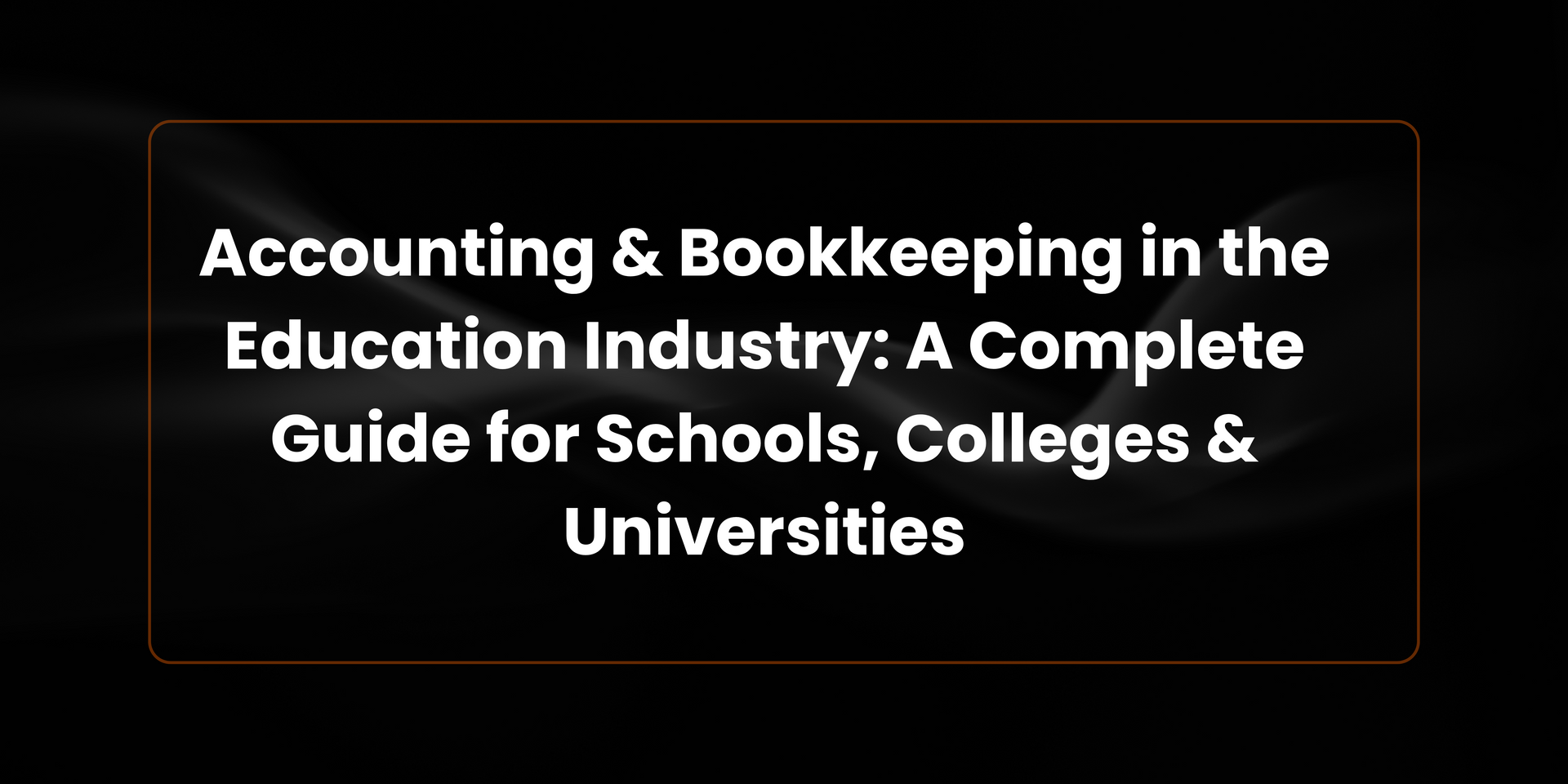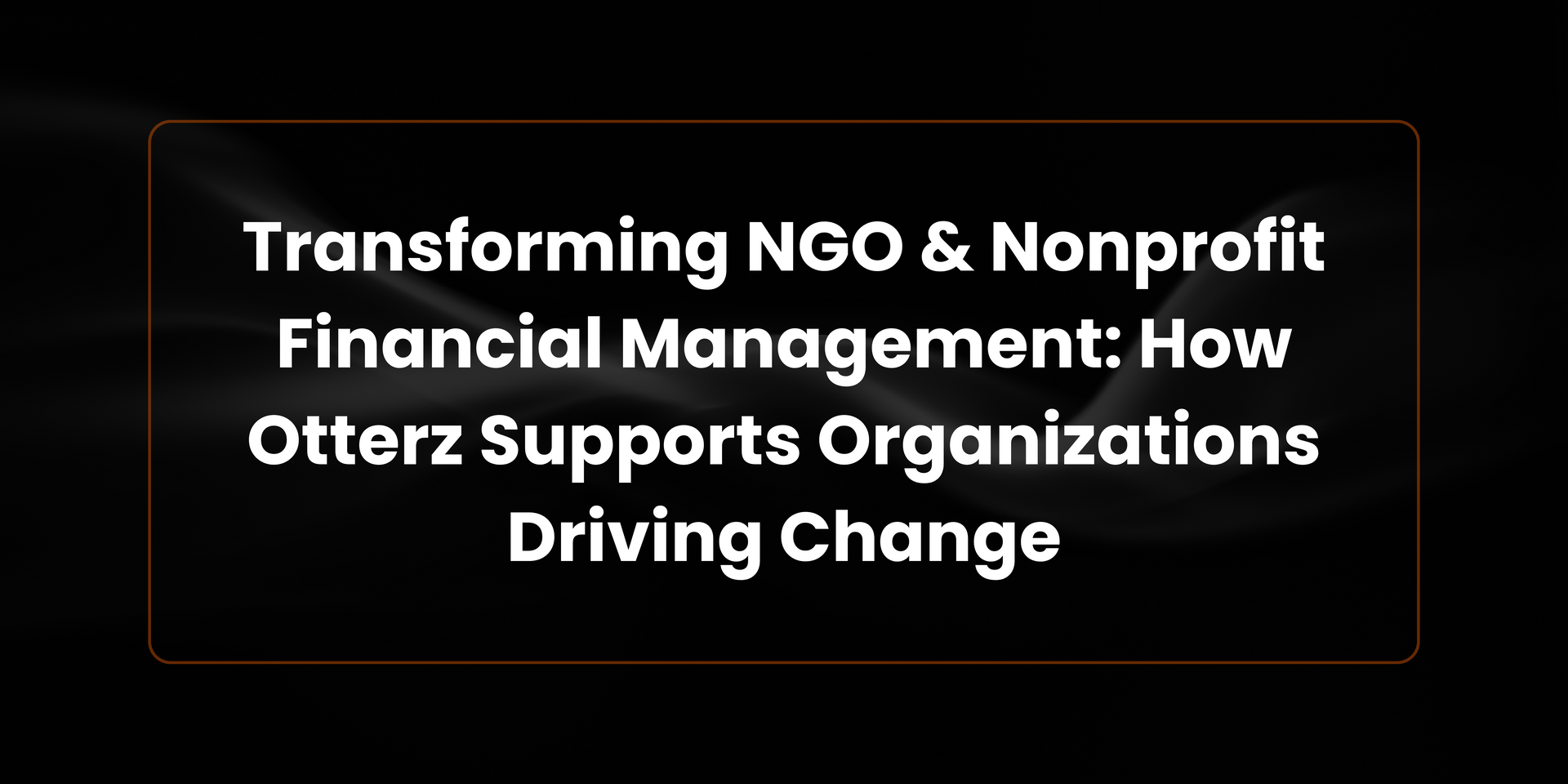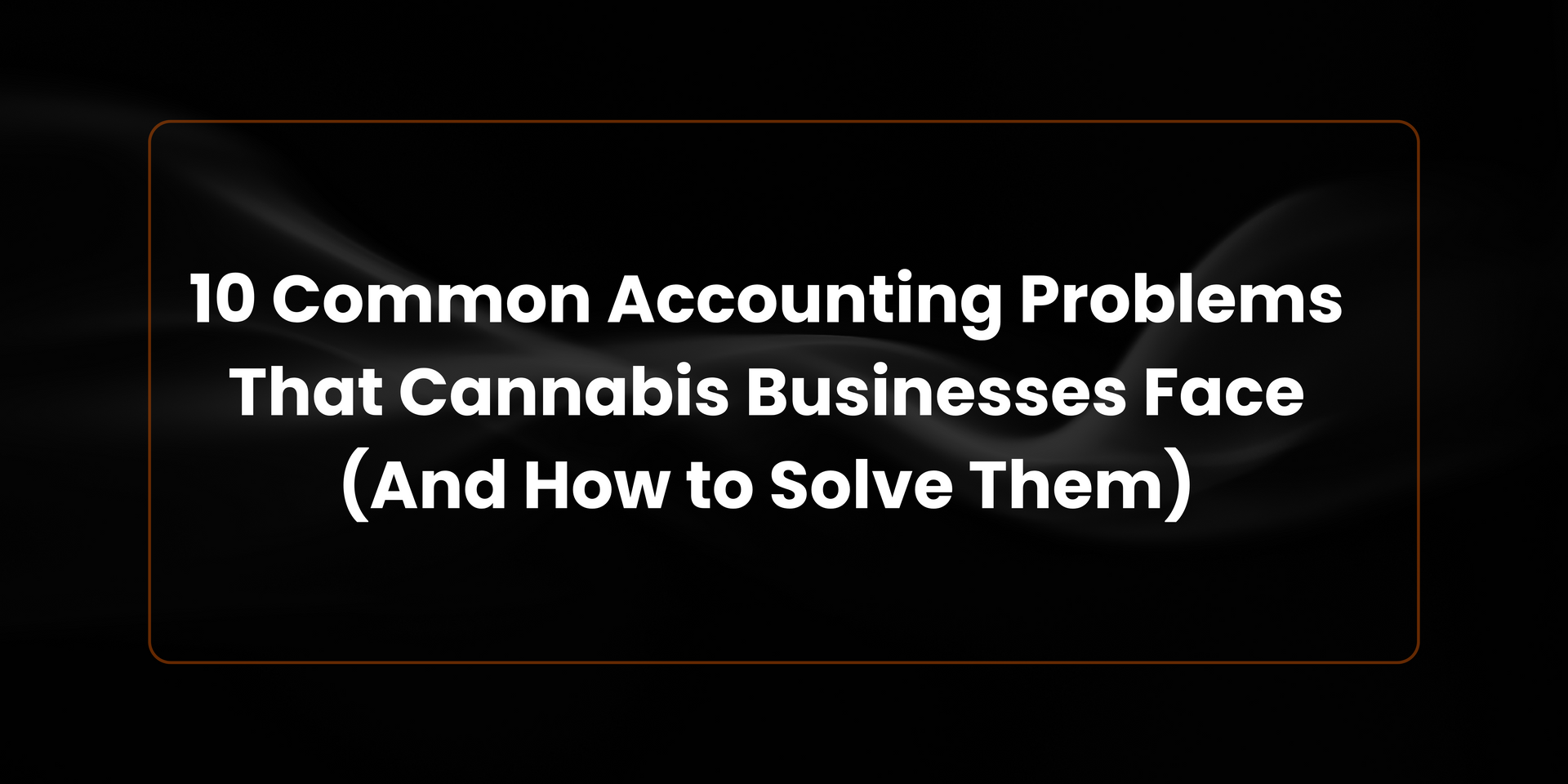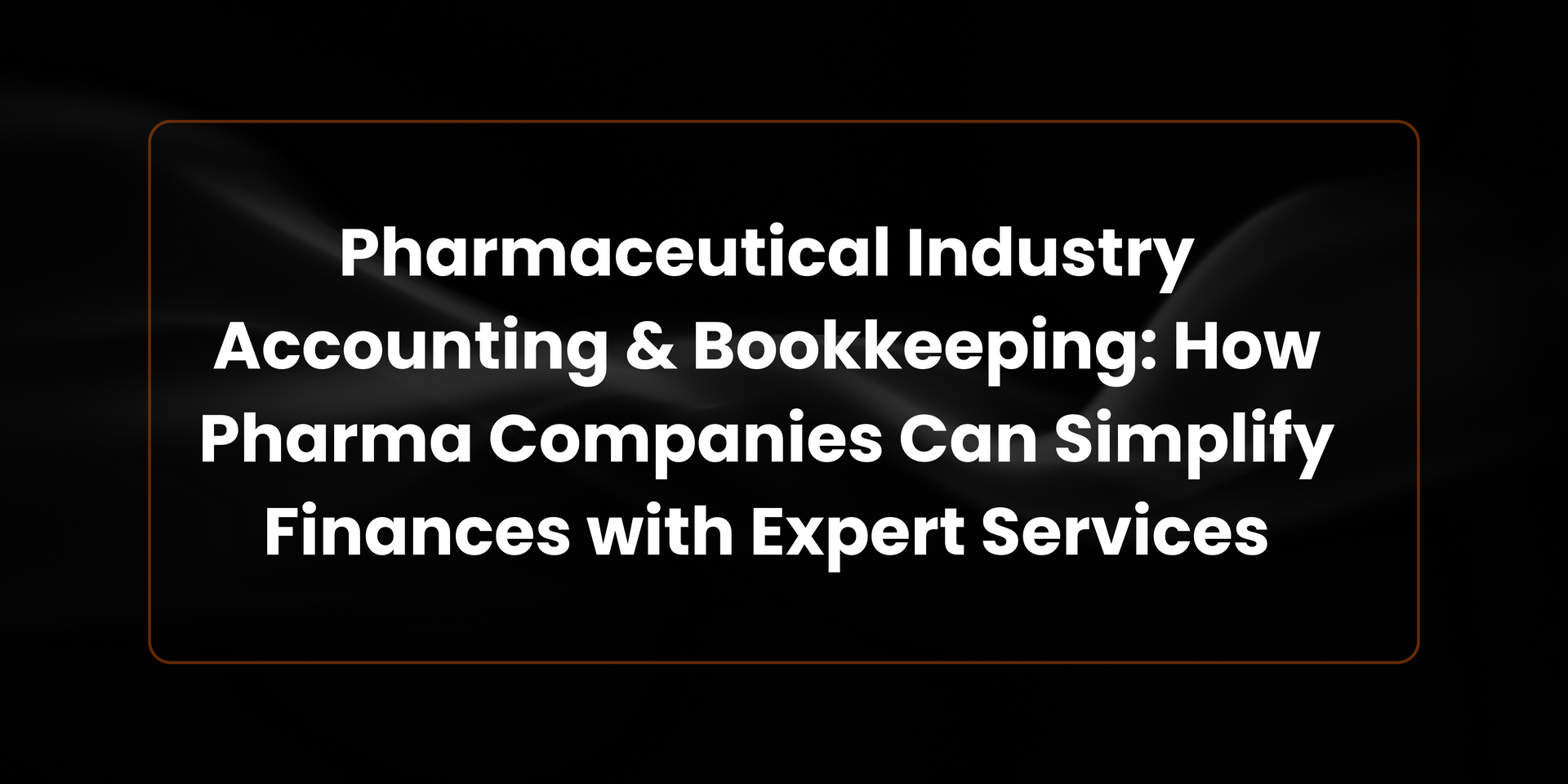Self-Employment & Freelancer Tax Rules Update: What You Need to Know in 2025
IRS updates, bigger deductions, and smart tax tips for freelancers in 2025.

Freelancers, gig workers, and solopreneurs—this one’s for you. As of tax year 2025, several IRS rules have shifted, and if you're self-employed, these changes might affect your wallet. Let’s dive into what’s new, why it matters, and how to make it work for you.
1. Boosted Standard Deduction
The IRS increased the standard deduction again for filing 2025 (returns due in 2026):
- Single or Married Filing Separately: $15,000
- Head of Household: $22,500
- Married Filing Jointly: $30,000
Human perspective: A bigger deduction means less paperwork and lower taxable income—even if you don’t itemize.
2. Robust Self‑Employment Tax & Deductions
- Rate: You still pay 15.3% total (12.4% Social Security + 2.9% Medicare) on net self‑employment income.
- Social Security Cap: On the first $176,100 of combined wages + self‑employment income in 2025.
- Additional Medicare Tax:
- 0.9% extra if income exceeds:
- $200K (single/HOH),
- $250K (married filing jointly),
- $125K (married filing separately).
Deduction Benefit: You can deduct half of your self‑employment tax (the "employer equivalent") from your adjusted gross income—no surprise.
Why it matters: You fund your own Social Security and Medicare—but at least the IRS gives partial relief and covers a wage cap.
3. Qualified Business Income (QBI) Deduction
You still may be eligible for a 20% deduction under Section 199A, including:
- Businesses: Sole proprietorships, partnerships, S‑corps, and certain trusts/estates.
- Income Phaseouts:
- Full QBI if taxable income ≤ $191,950 (single) or ≤ $383,900 (married filing jointly).
- Partial phase‑out starts up to ~$241,950/$483,900 respectively; high-earning specified service businesses may get limited or no deduction.
Human touch: If your freelancing income is modest, this powerful deduction can sharply cut taxes—no matter if you itemize or take the standard deduction.
4. Retirement Plan Limits Climb
Saving for tomorrow? Here's your 2025 update:
- Solo 401(k):
- Employee deferral: up to $23,500.
- Total combined contributions (with profit share): up to $70,000.
2. SIMPLE IRA:
- Contribution limit: up to $16,500 (+ catch-ups depending on age and plan, up to ~$5,250).
Why it’s great: These contributions come right off your income, lowering your tax bill and boosting retirement readiness.
5. Home Office Deduction Remains
Working from your favorite corner of the home? You’ve got options:
- Simplified: $5 per sq ft → max 300 sq ft → up to $1,500 deduction.
- Regular method: Deduct actual expenses (mortgage interest, utilities, depreciation) based on business-use percentage.
Note: Must be used exclusively and regularly for work.
6. New Tip‑Income & Overtime Deductions
Thanks to the “One Big Beautiful Bill Act” (2025–2028):
- Qualifying self‑employment tips: Deduct up to $25,000/year (AGI phase-out above $150,000 individual.
- Overtime compensation: Deduct “time‑and‑a‑half" earnings up to $12,500/year ($25K joint) with same AGI phase-out.
Human element: If you're a barista, rideshare driver, or consulting overtime warrior, you’ll feel this relief in your refund.
7. Quarterly Estimated Taxes & Penalties
- Expected deadlines (for income not covered by withholding):
- April 15, June 15, Sept 15, Jan 15, 2026.
2. To avoid penalties, pay either:
- 90% of 2025 tax, or
- 100% of 2024 tax (110% if 2024 AGI > $150K)
8. Standard Deduction for Seniors
Turning 65+ in 2025? You’ll receive an extra $2,000 standard deduction (single filers) or $1,600 (joint filers)
What You Should Do Now
- Recalculate quarterly payments early to avoid surprises.
- Max out your retirement contributions—they’re both tax-smart and future-smart.
- Track tip and overtime income closely—you may now deduct more than ever.
- Document your home office and business expenses diligently.
- Plan around the QBI deduction phase-outs if your income is nearing limits.
Final Thoughts
Feeling overwhelmed? You’re not alone—freelancing brings freedom and complexity. But with these updates, you can keep more money in your pocket: through deductions, smarter planning, and a deeper grasp of how self-employment taxes work.
If you're unsure how this applies to you, consider teaming up with a CPA or tax pro familiar with independent professionals.
Book a free consultation with our team and let us handle the numbers.
Found this valuable? Share it with your friends and colleagues!
